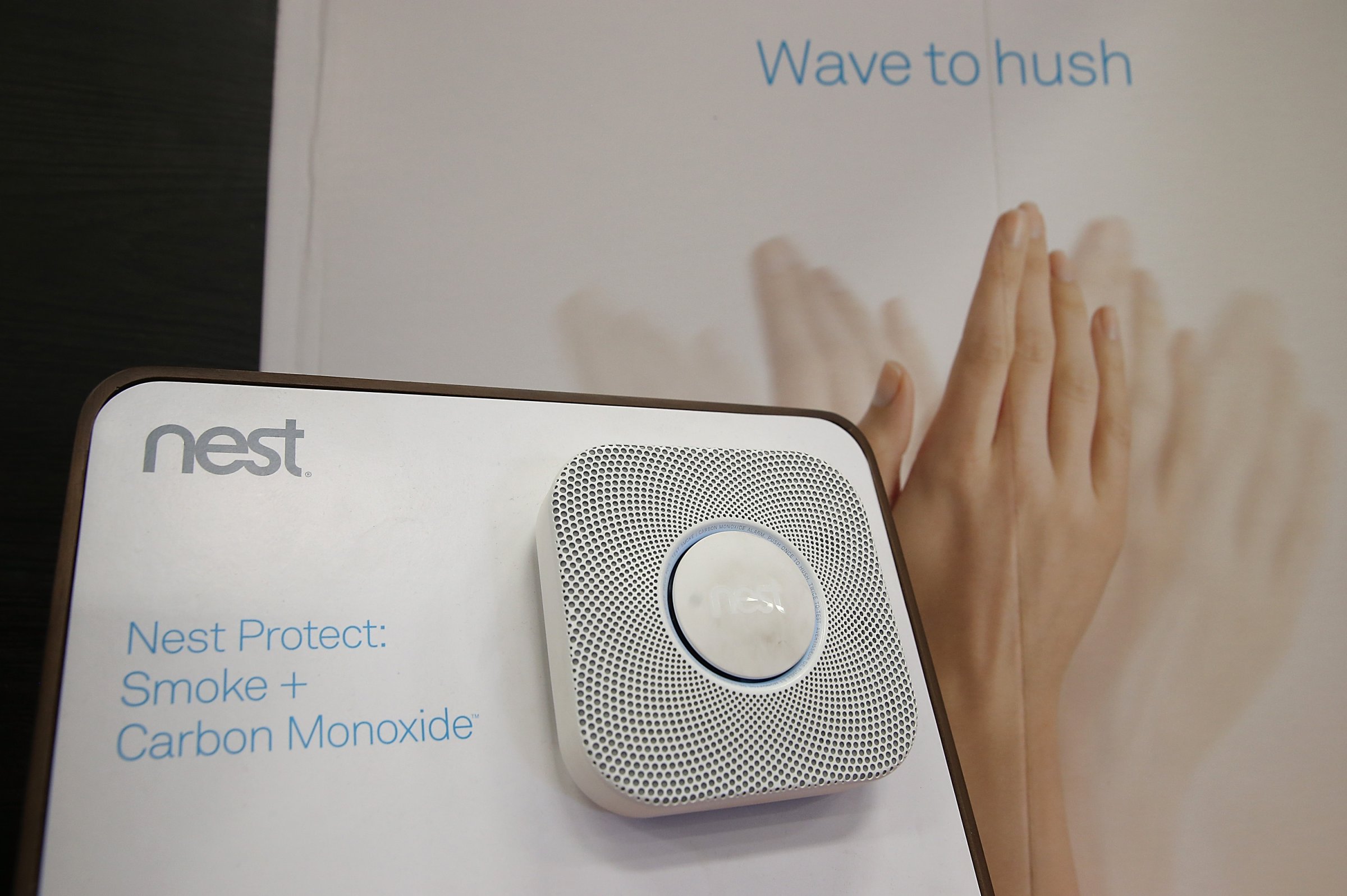
Nest is adding two features that will help make its connected products a better fit for the connected home. The first feature uses data from users’ phones to contribute to their home and away settings, and the second lets them add more than one person to the Nest account.
This may seem small, but it represent a shift in thinking. For years the connected device industry has followed the trend of the mobile world, building links between a single person and their device. But with the smart home and the Internet of things, the challenge for device and app makers is to think about building links between a device and the home, which generally contains multiple people.
These two features are a start. The first, Family Account, lets users add up to 10 people to control their Nest devices. Originally, Nest users who wanted to remotely control their thermostat, camera, or smoke detector would log into their app on a mobile phone. But if your spouse was the person who installed and set up the Nest account, you’d have to share a password with him or her if you wanted to also access the device on your own phone.
One solution would be to give your home an email account and let anyone living there have the credentials, but this isn’t something many people will think about in their initial excitement of getting a new Nest product.
The second feature solves the challenge of having the Nest thermostat turn itself into Away mode even if someone is home. The Nest typically decided if people were home by using algorithms and a proximity sensor in the thermostat. But if the thermostat was located in a remote part of the house, it’s possible that people who were home wouldn’t trigger the sensor. At that point the Nest would decide that people were gone and would turn the air or heat off.
Several companies currently offer sensors that can tie into the Nest account to offer more granular information about who is in the home as a way to solve this problem, but Nest has decided to solve the problem for itself. The new feature adds geolocation on phones to determine if someone is home, so even if a person never triggers the sensor, the Nest product knows they are there.
For now this is a simple feature, but Nest could turn it into something far more powerful if it chooses. By using the combo of family accounts and geolocation, Nest can determine not only that someone is home, but who that person it is. That allows Nest to offer an interesting array of features such as setting individual temperature preferences.
If the Nest saw only I was at home, based on the cell phone information, it might set the temperature to my preferred setting. Thanks to integrations with other companies it might also change lighting preferences and more using the additional data. It’s a neat way to offer personalization if users opt in to these new features.
The Home/Away Assist and Family Accounts features are available by downloading the latest Nest update.
This article originally appeared on Fortune.com
More Must-Reads from TIME
- Cybersecurity Experts Are Sounding the Alarm on DOGE
- Meet the 2025 Women of the Year
- The Harsh Truth About Disability Inclusion
- Why Do More Young Adults Have Cancer?
- Colman Domingo Leads With Radical Love
- How to Get Better at Doing Things Alone
- Michelle Zauner Stares Down the Darkness
Contact us at letters@time.com